 Petzlover
Petzlover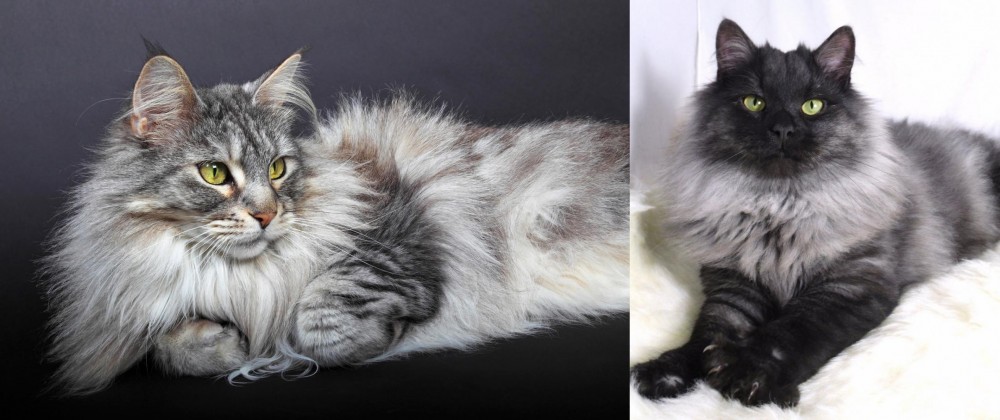 Domestic Longhaired Cat is originated from United States but Smoke is originated from United Kingdom. Both Domestic Longhaired Cat and Smoke are of same weight. Domestic Longhaired Cat may live 5 years more than Smoke. Both Domestic Longhaired Cat and Smoke has same litter size. Both Domestic Longhaired Cat and Smoke requires Moderate Maintenance.
Domestic Longhaired Cat is originated from United States but Smoke is originated from United Kingdom. Both Domestic Longhaired Cat and Smoke are of same weight. Domestic Longhaired Cat may live 5 years more than Smoke. Both Domestic Longhaired Cat and Smoke has same litter size. Both Domestic Longhaired Cat and Smoke requires Moderate Maintenance.
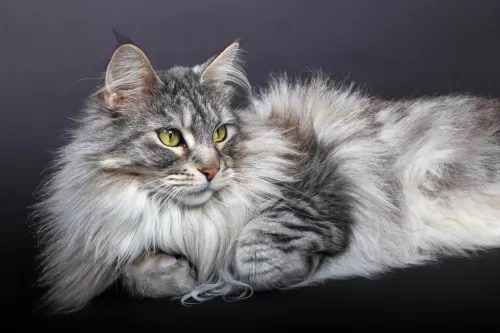 The Domestic Longhaired cat came about because of various attempts by breeders to bring in certain Persian cat varieties in the American Shorthairs.
The Domestic Longhaired cat came about because of various attempts by breeders to bring in certain Persian cat varieties in the American Shorthairs.
The cat comes from champion bloodlines but one of the most remarkable traits of the Domestic Longhair cat is that they are just typical cats with long hair. In other words, Domestic Longhairs are a product of various cat breedings and it is thought they arrived in the USA with the early settlers.
They shouldn’t be confused with the purebred American Longhair cat. The ancestry of the Domestic Longhair cat is unknown but for people who own them, they are a longhaired cat that becomes special to their owners. The cat isn’t recognized by the larger cat organizations.
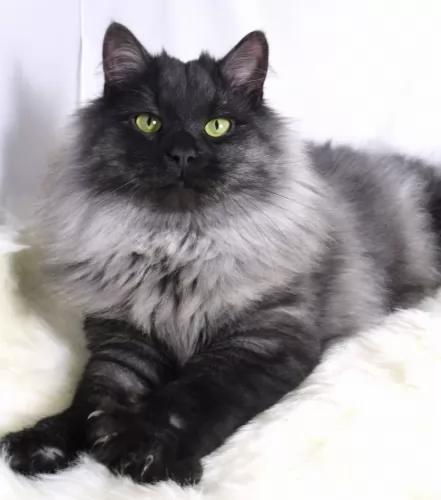 A Smoke cat is a domestic long-haired cat. The beautiful coat coloring usually comes with a silvery undercoat, with the topcoat having color points.
A Smoke cat is a domestic long-haired cat. The beautiful coat coloring usually comes with a silvery undercoat, with the topcoat having color points.
In effect, the Smoke cat isn’t a cat breed as such but is describing the color of the cat. It could be a Persian cat. It seems the Smoke cat has its origins in the 1800s in the UK from where it seems to have originated.
No one really knows the true origin of the Smokes cat but it would seem as though they evolved from breeding silver tabbies to blacks and blues.
While the early Smokes had green eyes, breeding has resulted in there being copper eyes as well.The Asian Smoke is a colour variation of the Asian that was created in the UK in the 1980s.
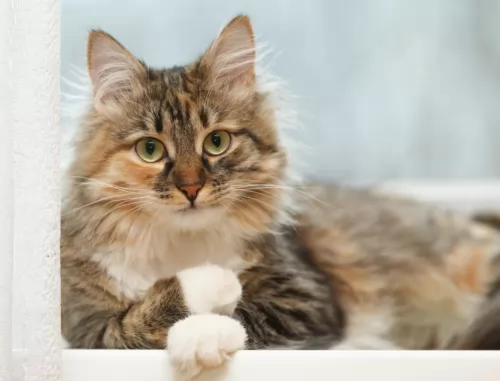 These Domestic long-haired cats are hugely popular in the United States. They can be of any color and the coat can have different patterns too, including bi-color, tortoiseshell and tabby.
These Domestic long-haired cats are hugely popular in the United States. They can be of any color and the coat can have different patterns too, including bi-color, tortoiseshell and tabby.
With his muscled, athletic body he can weigh between 3 and 6kg. He can have a variety of eye colors, ear sizes, and shapes Essentially, their size and shape is influenced by the breed that dominates.
These are just your regular, balanced cats and they make splendid pets for first-time cat owners, single pet owners, those with kids in the home and seniors. You can’t really tell how their personality will be and some will be more quiet than others and some more loving than others too. A lot depends on how you raise- and socialize your cat.
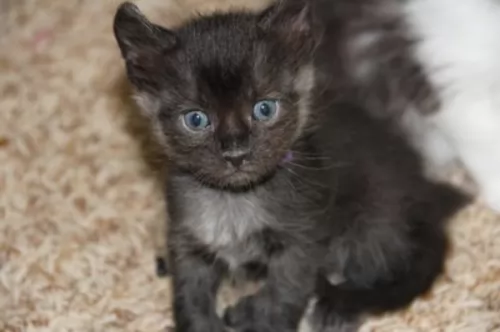 When Smoke kittens are born they have gray and white markings around each eye and around the muzzle.
When Smoke kittens are born they have gray and white markings around each eye and around the muzzle.
Essentially the Smoke cat can be black, cream, blue, red, or even tortie. Smoke actually means that the base of the hair is whitish and the rest of the hair is black, red or blue etc.
These cats can be different sizes but will no doubt be medium-sized and weigh in the region of 3 to 6kg. They are lean and muscular and can have different eye colors too – green or gold.
There are so many cat breeds and they have heaps of colors and patterns. The domestic long-haired cat is capable of a wide range of temperaments.
You can be sure that these cats are playful, fun, curious, and intelligent. Some will be more vocal than others but they will all thrive on the attention they get from their human owners. They are friendly, affectionate cats who will bond closely with their human family.
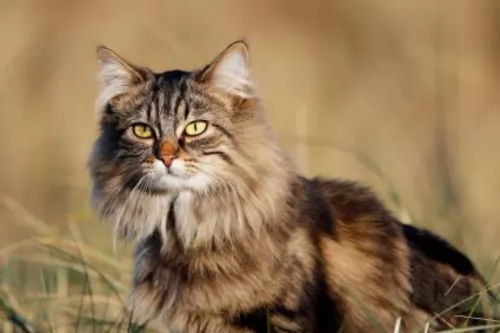 Domestic Longhairs are such wonderful cats and slot into a host of different lifestyles.
Domestic Longhairs are such wonderful cats and slot into a host of different lifestyles.
They are generally content cats with the different lifestyles they find themselves in. Some are smart, some playful, some quiet and some naughty, some are very vocal and some are content to be lap cats.
They're all different but they all have needs and concerns – to be part of a loving human family and to be treated with love, care and respect for the companionship they offer.
 Because the Smoke isn’t a cat breed as such but rather a color shade found in some long-haired cats you can’t be sure what your cat will really look like and how he will behave.
Because the Smoke isn’t a cat breed as such but rather a color shade found in some long-haired cats you can’t be sure what your cat will really look like and how he will behave.
They could be energetic, playful, or quiet and relaxed. They might be more vocal and want to talk to you or they may be content just to be wherever you are.
When you bring a Smoke cat into your life, one thing is sure, with his friendly and loving nature your world will become meaningful, as any beautiful cat such as the Smoke is guaranteed to bring in lots of smiles, joy, and love.
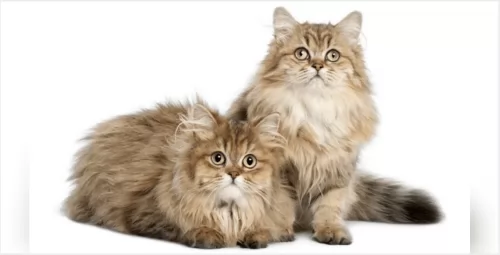 It is their mixed breeding that ensures that the Domestic Longhaired cat doesn’t have any health issues. Like any cat, things such as arthritis, cancer, diabetes and kidney disease can plague your cat.
It is their mixed breeding that ensures that the Domestic Longhaired cat doesn’t have any health issues. Like any cat, things such as arthritis, cancer, diabetes and kidney disease can plague your cat.
A good diet, exercise, lots of love and care can all help to ensure your kitty kat doesn’t succumb to anything that your vet can’t handle.
As soon as your cat shows any sign of illness, get him to the vet. If you look after your cat well, he can avoid a lot of vet visits and can reach 15 to 20 years of age.
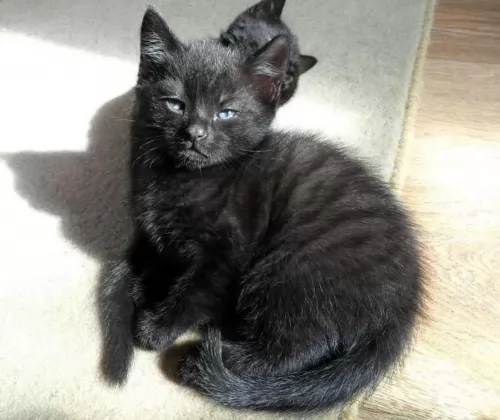 Just like it is wonderful to stroke and pet your pet for his health’s sake, it is also therapeutic for you to stroke your cat.
Just like it is wonderful to stroke and pet your pet for his health’s sake, it is also therapeutic for you to stroke your cat.
Vomiting is one way that you can tell that your cat is sick. He will vomit if he has eaten something he shouldn't have or if he is feeling sick. You must keep an eye on his vomiting as he can become dehydrated and then he wlll need to get to the vet right away.
FLUTD is often brought on by cats that are overweight or unhappy and stressed. It can cause a cat to be miserable, vomit and have a temperature.
You’ll see your cat battling to urinate, he will cry in pain when urinating and be pacing and unsettled. This is an illness that requires urgent veterinary attention.
 The hair of the Domestic Longhair will need to be tackled and you will need a firm brush to gently brush your cat once a week. This ensures the hair remains silky and tangle-free.
The hair of the Domestic Longhair will need to be tackled and you will need a firm brush to gently brush your cat once a week. This ensures the hair remains silky and tangle-free.
Remember, there are always professional cat groomers who specialize in grooming cats and ensuring their teeth, inside of ears, their nails and their fur is in tip-top condition.
Keeping your cat healthy is always going to require a trip to the vet. Your Domestic Longhair is going to require certain vaccines and deworming to ensure he remains free of deadly cat diseases. Also, if your cat is acting in a lethargic, ‘sick’ way, it could well be a sign that he is ill and a trip to the vet will be imperative as the condition could become worse.
To ensure your cat has the best chance at health, make sure you feed him well. Gut health is absolutely imperative and feeding your cat too many carbs will give him plenty of digestive problems.
A cat is a carnivore – a meat eater – and therefore his food needs to be meat. A kitten will require 4 small meals a day and an adult cat – over the age of 1 year – will require 2 meals a day. Any questions you have about feeding your cat can be answered by your local veterinarian.
Speak to your vet about spaying or neutering your Domestic Longhaired Cat as this will prevent unwanted kittens, particularly if your cat is allowed outdoors and wanders off.
Also, neutering and spaying have a host of health benefits for your cat and it also improves their personality.
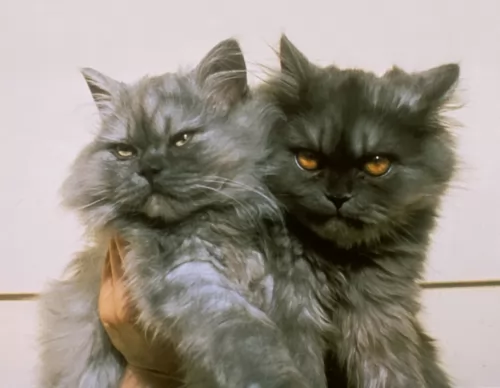 Smokes will require more care than other long- haired cats because their coats are fairly fragile and need to be treated gently and with care. Gentle brushing once or twice a week will keep the coat in top condition.
Smokes will require more care than other long- haired cats because their coats are fairly fragile and need to be treated gently and with care. Gentle brushing once or twice a week will keep the coat in top condition.
The trend today is to brush your pet’s teeth but this can be painful and traumatic for a cat and he can easily lash out in fear, resulting in bites and scratches. The pet groomer and vet can rather look inside your cat’s mouth and tell you if there is any bad tooth that needs attending to.
Provide your cat with good food. Your cat is a carnivore and he must eat meat to ensure his health. The best commercial cat foods are high in protein to ensure your cat gets a balanced meal to promote good health. If in doubt, speak to your vet about the best cat food there is for your furry feline friend.
Provide a constant supply of fresh, cool water.
Provide your cat with a comfortable, soft bed.
Provide him with a litter tray and ensure this is cleaned of the feces every single day.
Have him vaccinated against the major feline diseases. Ensure he goes to the vet when he is in pain or shows signs of illness.